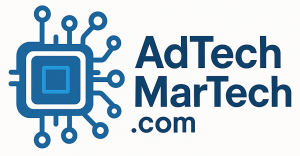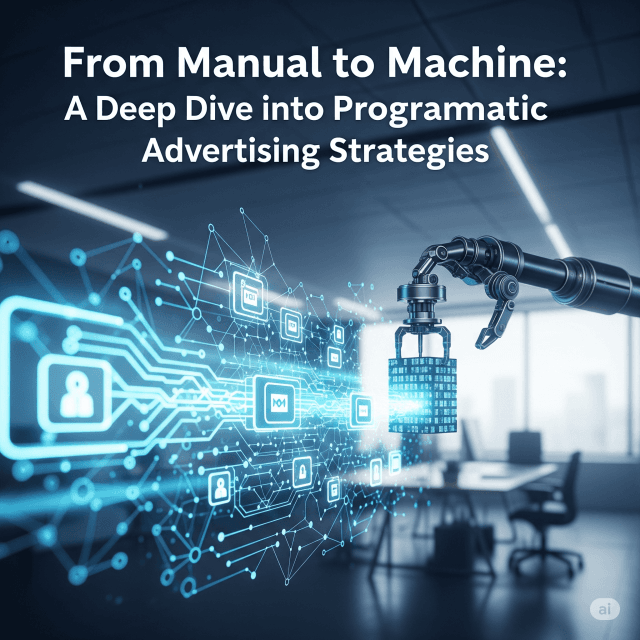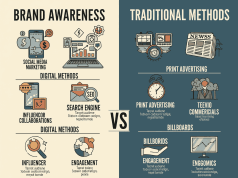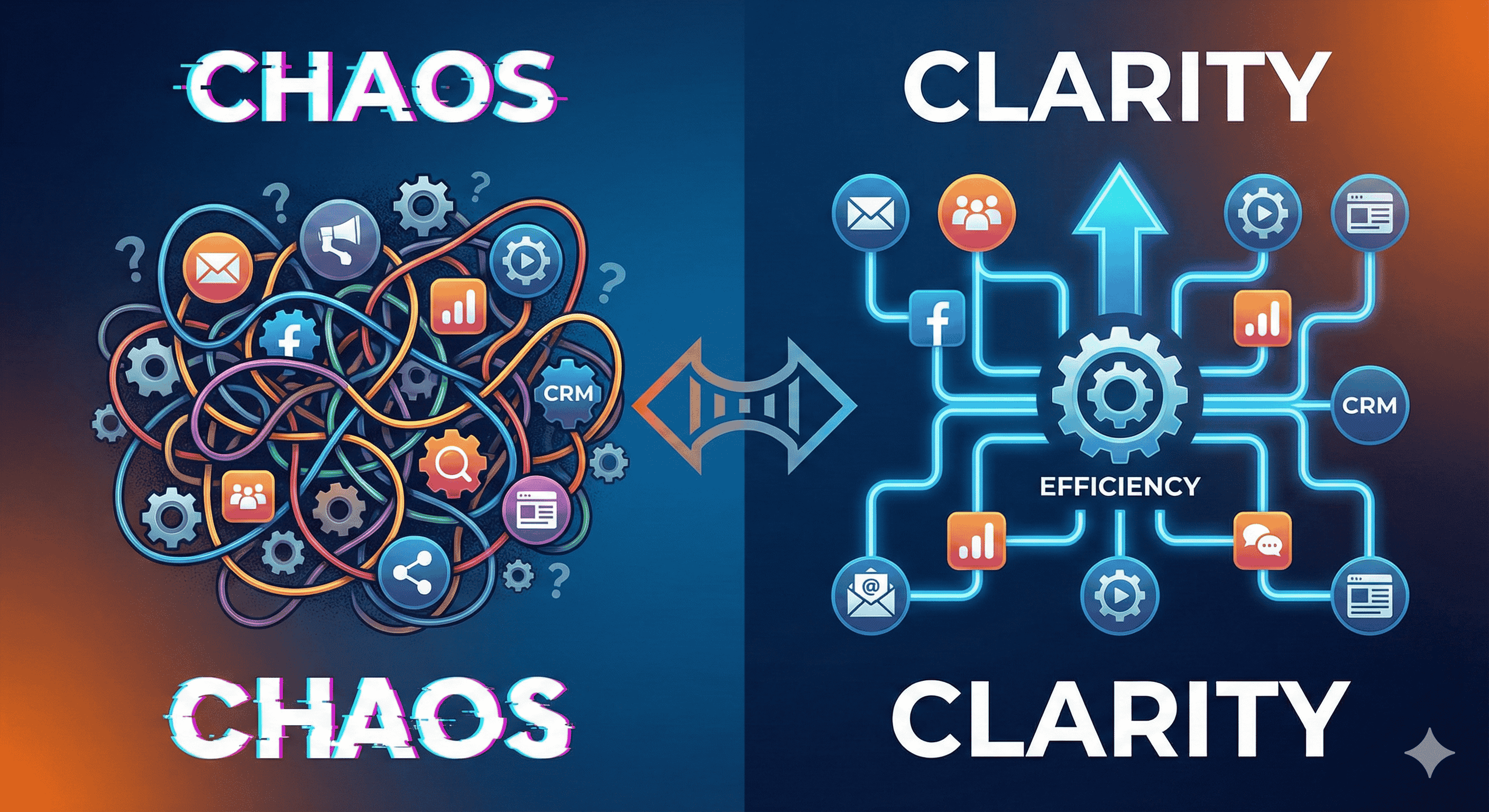In the ever-evolving landscape of digital marketing, programmatic advertising has emerged as a revolutionary technique that streamlines the ad buying process. By leveraging automation and data, programmatic advertising transforms the traditional manual methods of purchasing ads into a sophisticated, efficient machine-driven approach. This article explores the transition from manual to machine, the underlying strategies, and the future of programmatic advertising.
Understanding Programmatic Advertising
Programmatic advertising refers to the automated buying and selling of online ad space. Instead of negotiating directly with publishers, advertisers use technology platforms to purchase impressions in real-time, targeting specific audiences with precision and efficiency. This process allows brands to optimize their advertising campaigns, reduce costs, and achieve better results.
The Shift from Manual to Programmatic
Historically, ad buying was a labor-intensive process involving negotiations between advertisers and publishers. This manual approach had several limitations:
- Time-Consuming: The back-and-forth negotiations could take days or weeks.
- Limited Targeting: Advertisers often had limited access to audience data, making it difficult to target the right demographics effectively.
- Inefficient Spend: Manual processes could lead to overspending on ads that underperformed.
With the rise of technology, the advertising landscape began to change. Programmatic advertising emerged as a solution to these challenges, allowing brands to automate their ad purchases and optimize campaigns on the fly.
Key Strategies in Programmatic Advertising
As programmatic advertising has grown, so too have the strategies that companies implement to maximize their success. Here are some critical approaches:
1. Real-Time Bidding (RTB)
RTB is a cornerstone of programmatic advertising. It allows advertisers to bid on ad impressions in real-time as users visit websites. When a user loads a page, an auction takes place in milliseconds, determining which ad will appear. This strategy ensures that advertisers only pay for ad space that aligns with their target audience.
2. Data-Driven Targeting
Utilizing first-party, second-party, and third-party data enables advertisers to create highly targeted campaigns. This data can include user behavior, demographics, and interests. By analyzing this information, advertisers can tailor ad content to resonate with specific audiences.
3. Programmatic Direct
While RTB allows for open-market bidding, programmatic direct offers a more streamlined approach where advertisers negotiate deals directly with publishers to buy ad space at a predetermined price. This method benefits brands by providing premium inventory while retaining the efficiency of automation.
4. Dynamic Creative Optimization (DCO)
Dynamic creative optimization involves creating multiple ad variations and tailoring them in real-time based on user data. This ensures that the most relevant ad reaches the right audience, boosting engagement and conversion rates.
5. Cross-Device Targeting
With users increasingly engaging on multiple devices, cross-device targeting ensures that brands reach their audience seamlessly, whether they’re on mobile, desktops, or tablets. By analyzing user behavior across devices, advertisers can create cohesive campaigns that follow users throughout their journey.
Challenges in Programmatic Advertising
Despite its advantages, programmatic advertising also presents several challenges:
Ad Fraud: Automated processes can make it easier for malicious actors to exploit systems. Techniques such as impression fraud and click fraud can undermine campaign performance.
Transparency Issues: Advertisers often struggle to understand where their ads are displayed and how their budgets are allocated.
- Data Privacy Regulations: As regulations like GDPR and CCPA come into play, advertisers must navigate complex data privacy laws while leveraging the data necessary for effective targeting.
The Future of Programmatic Advertising
The future of programmatic advertising lies in the ability to adapt to technological advancements and changing consumer behavior. Here are some anticipated trends:
Artificial Intelligence: AI will play a crucial role in enhancing targeting accuracy, optimizing bids, and predicting user behavior.
Increased Personalization: As consumers demand more personalized experiences, advertisers will need to leverage data and machine learning to tailor their messages effectively.
Integration with Other Marketing Channels: A holistic approach that integrates programmatic advertising with social media, content marketing, and SEO will become more prevalent.
- Greater Emphasis on Brand Safety: As concerns about brand safety grow, ensuring that ads appear in appropriate contexts will be crucial for maintaining brand integrity.
Conclusion
Transitioning from manual to machine-driven programmatic advertising has revolutionized the way brands connect with their audiences. By leveraging automation, data, and advanced targeting techniques, advertisers can maximize their reach and efficiency. However, along with these opportunities come challenges that require ongoing attention and adaptation. As technology continues to evolve, so too will programmatic advertising, paving the way for more innovative and effective strategies in the digital marketing sphere.









